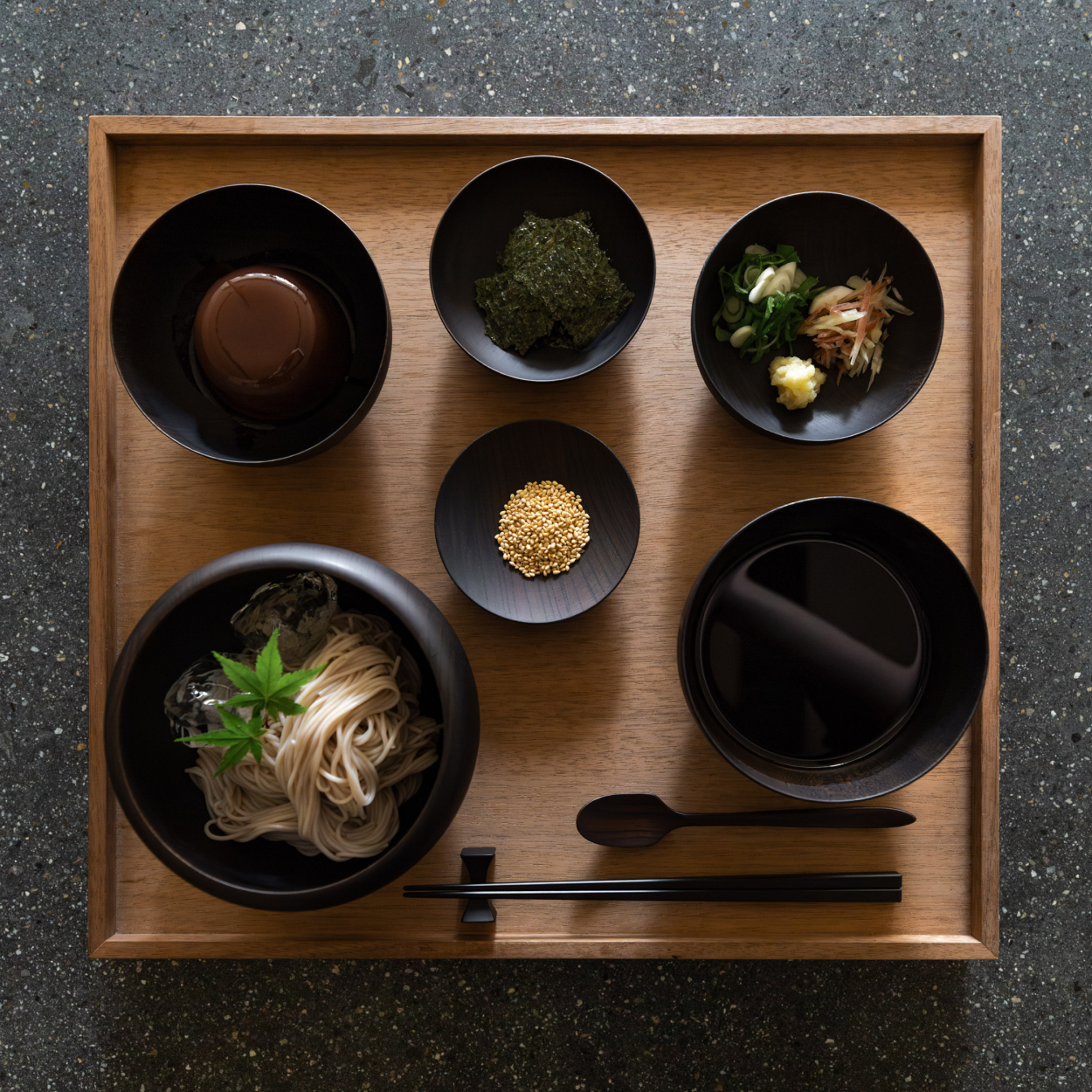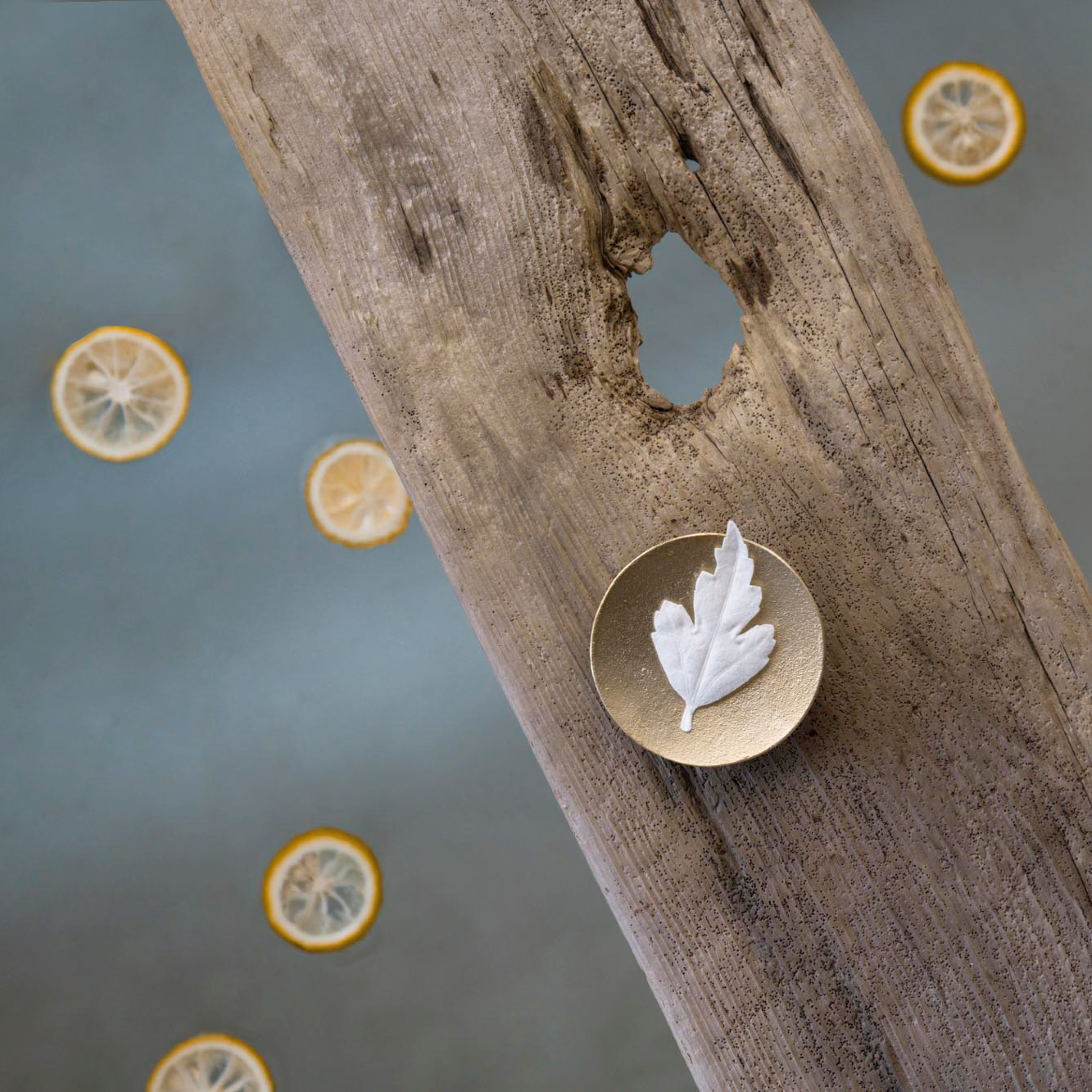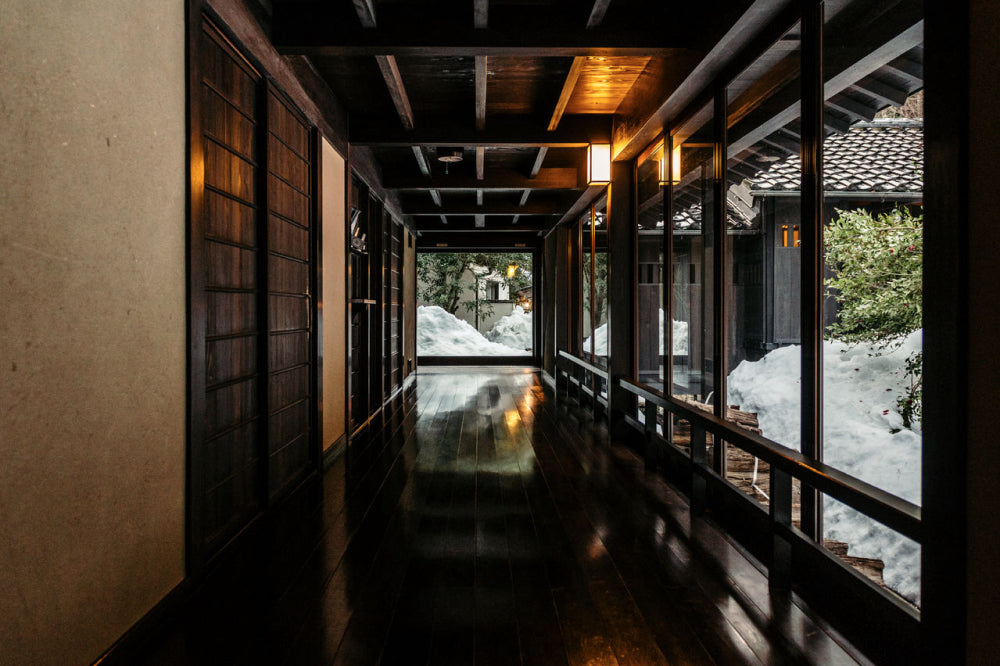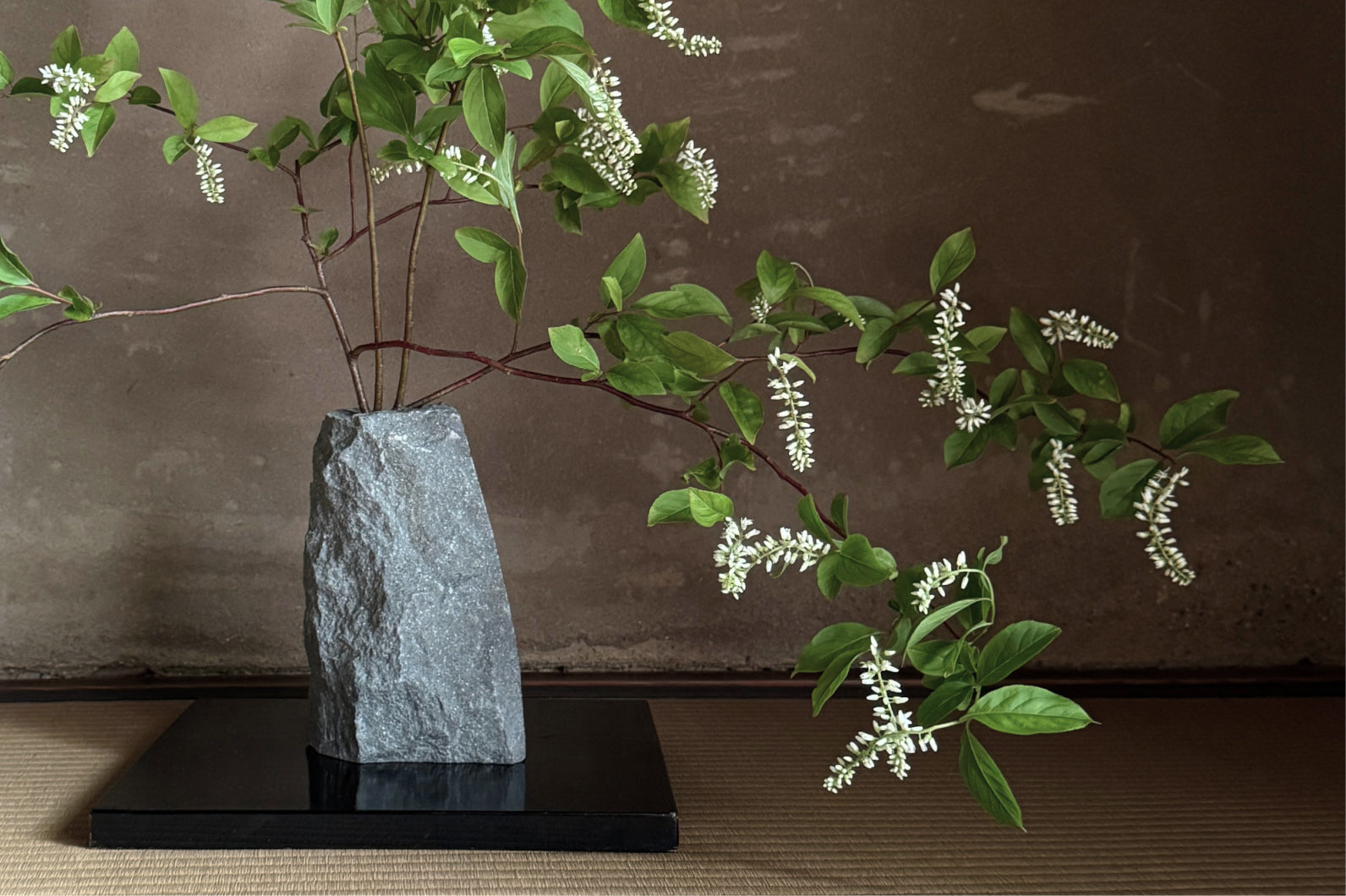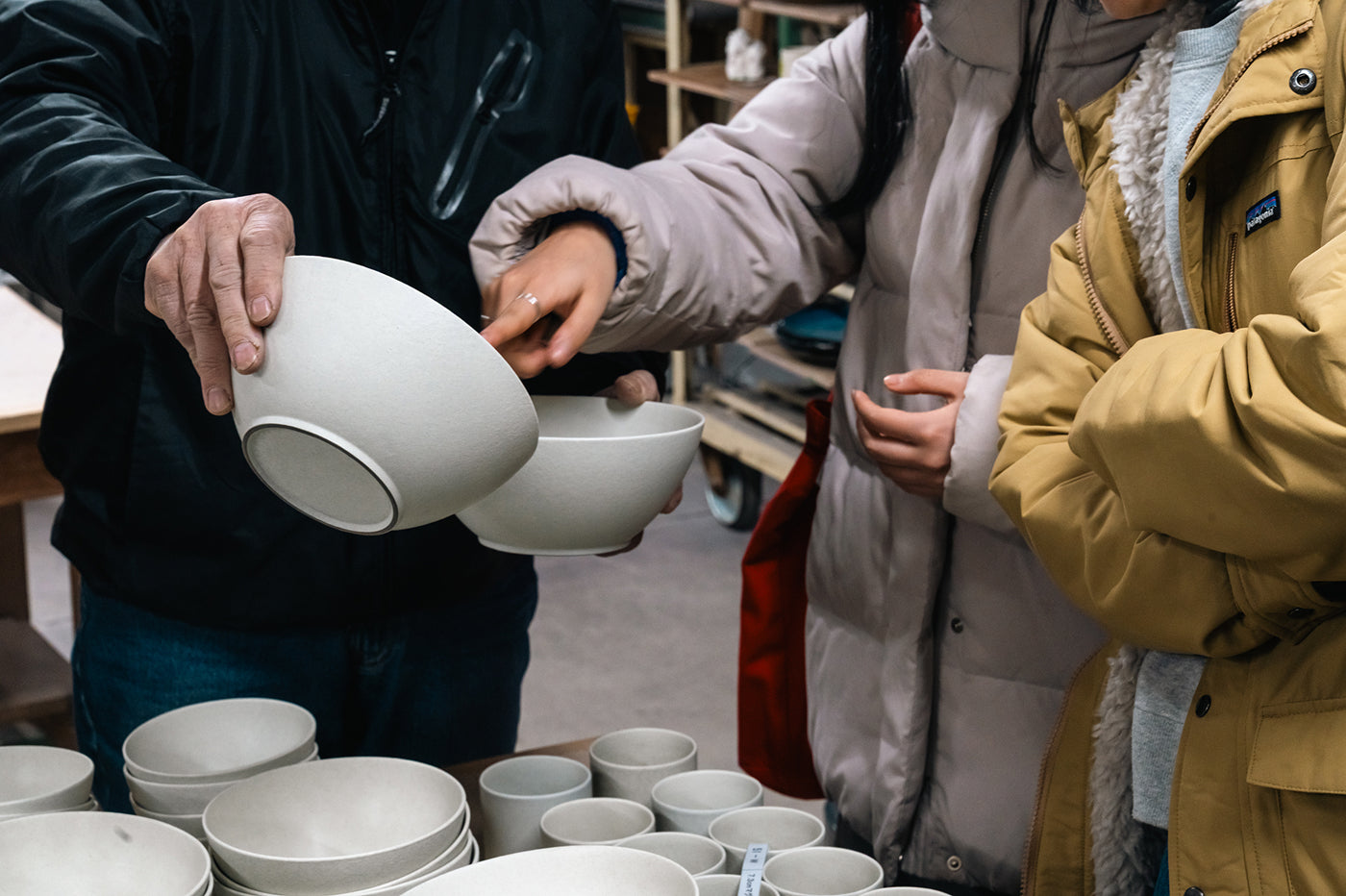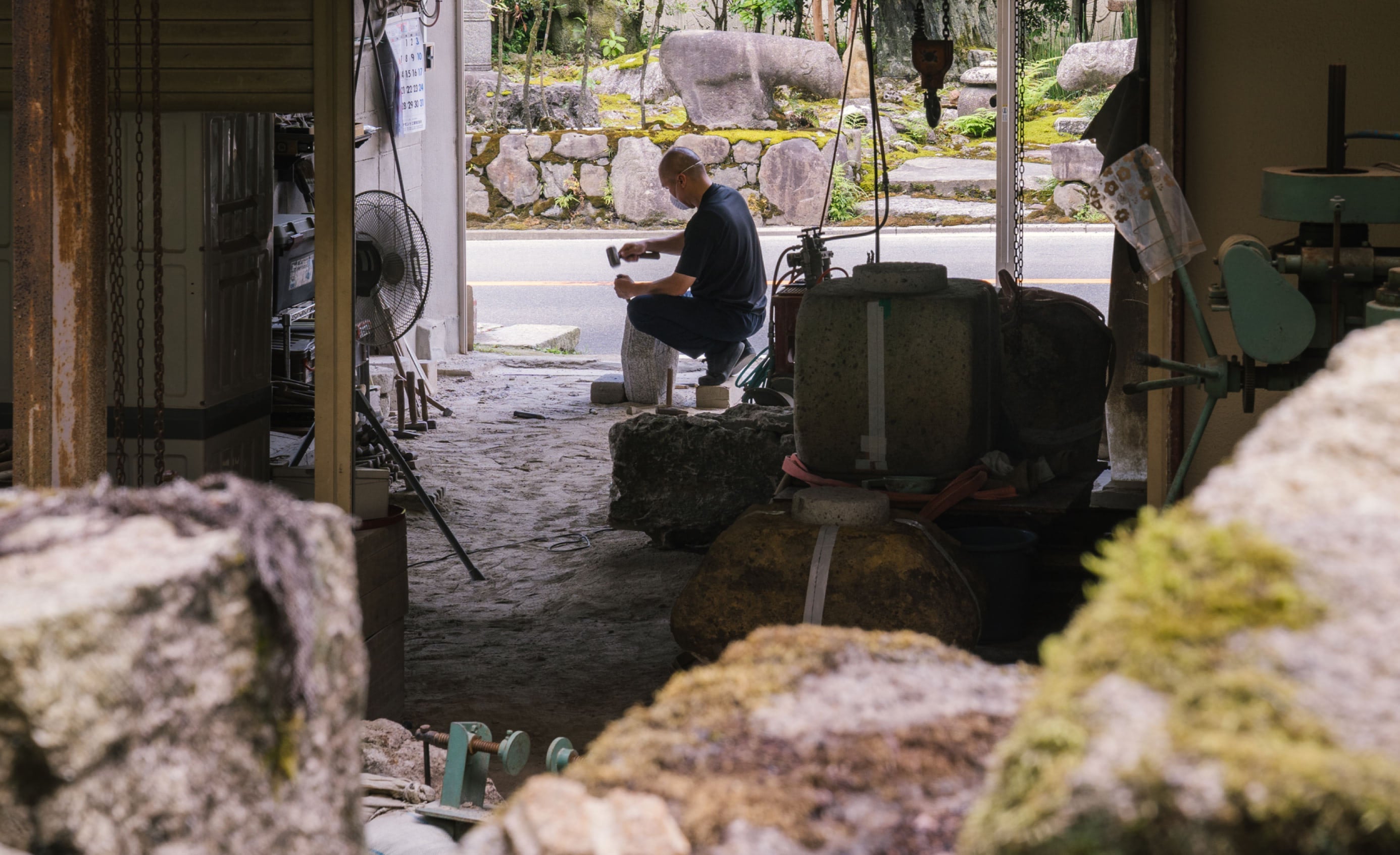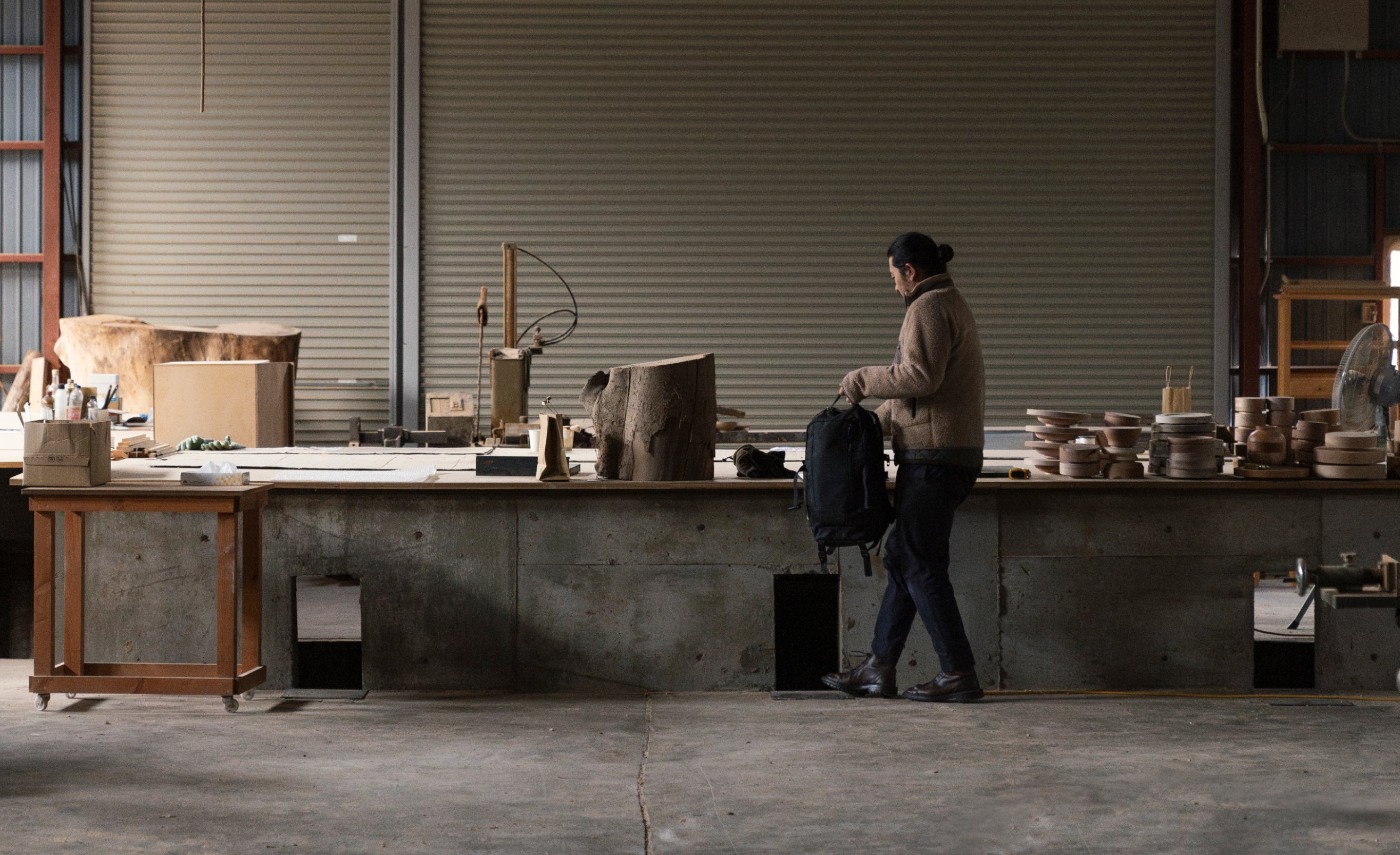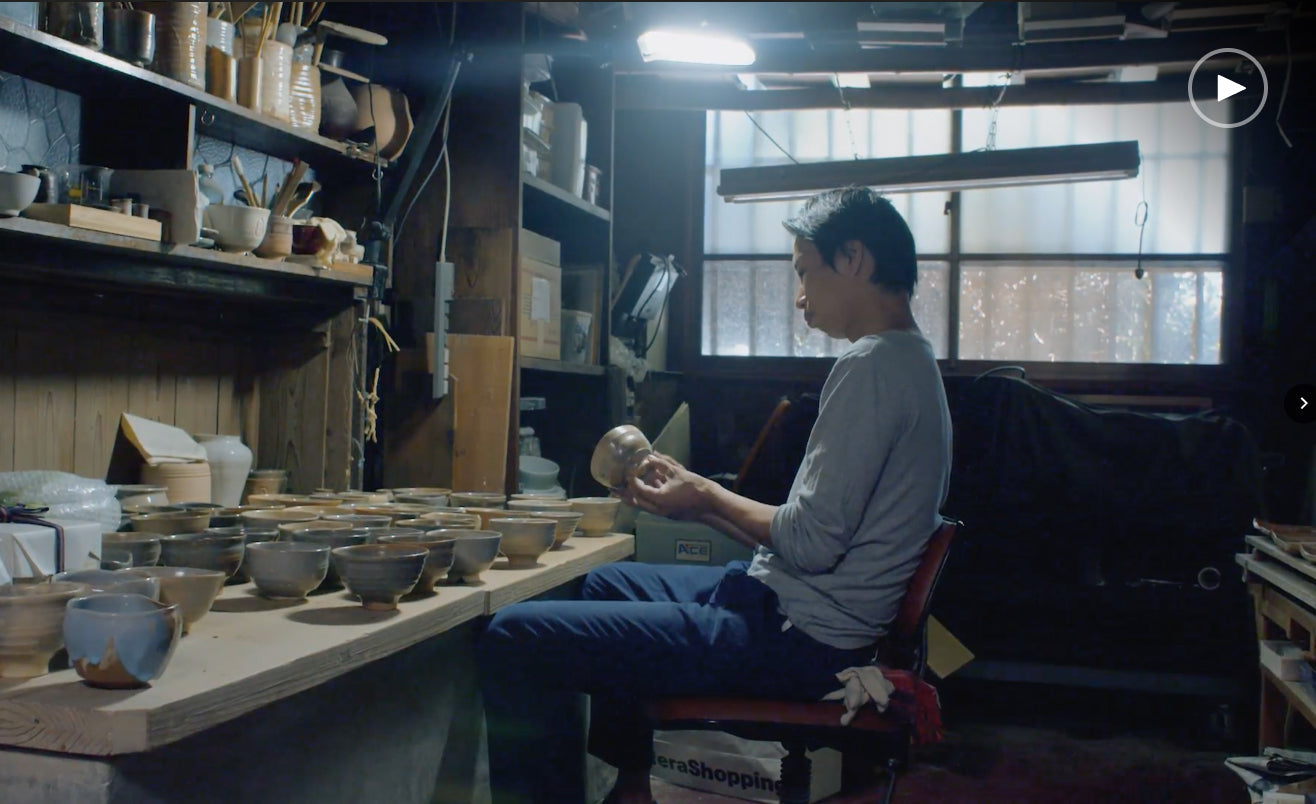Published July 20th 2019 on the former blog
Sakamoto Ryokan is a tiny inn on the Noto Peninsula in the Japan Sea. With only three guest rooms, it’s one of the smallest ryokan in the country. Like other traditional lodgings in remote parts of Japan, there’s no TV, and naturally, the toilet and bathing area is shared. A stay here is both home-y and refined, rustic and sophisticated.

This particular effect might be achieved by the black lacquer rubbed into the inn’s wooden posts and floor planks. Or it might be owner Sakamoto Shinichiro’s knack for cooking awe-inspiring traditional breakfasts with ingredients brought in fresh daily from the sea and local vendors. In any case, Sakamoto Ryokan is a true gem among Japan’s finest ryokan.


Owner Shinichiro rebuilt the place around thirty years ago, recruiting architect Takagi Shinji. But before Takagi was willing to start design and construction, he asked Shinichiro to complete five tasks: “The first was to write up a description of the area’s flora and fauna. The second was to provide an aerial photo of the site. The third was to research the traditional festivals held in the area. The fourth was to find a house that looked beautiful against a snow-covered winter landscape,” he told Nippon.com. “The fifth was the one I had trouble completing. That was to find myself a wife. Eventually he gave up and built me my inn anyway.”

Shinichiro did find a wife (Mihoko) and today the two work together to craft the breakfasts they serve at Sakamoto – cuisine that’s one of a kind.

One of the signature dishes at Sakamoto Ryokan is the ganmodoki, a deep-fried tofu fritter mashed with burdock, carrot, shiitake, and dried shrimp. There’s also the usuage, a thinly-fried tofu stewed for half a day with gingko nuts in a dashi broth of dried anchovies and konbu. For dinner, Shinichiro prefers nimono, simmered dishes that include locally sourced wild fuki (giant butterbur), flowering fern, and konyak. Pickles are made from Mihoko and Shinichiro’s homegrown vegetables.

Shinichiro learned the art of cooking in part from abbess Murase Myodoni, a Buddhist nun who is the head of Gesshin-ji, a Zen temple near Kyoto. Like the acclaimed Korean nun Jeong Kwan (who was featured on the Netflix show Chef’s Table), Murase was known throughout her country for her vegetarian Buddhist cuisine, called shōjin ryori in Japanese.
From Murase, Shinichiro learned how to perfect the staples of Japanese cooking, including rice, which he prepares in small batches in a meticulous process. He serves his dishes in lacquerware crafted in the nearby town of Wajima.

“My goal is regional and rustic yet tasteful. I don’t pursue refinement for its own sake. I want the local ingredients to shine, so I try not to let the cooking get in the way. I’m after clean, clear flavors,” Shinichiro says.

Sakamoto Ryokan is closed in January and February. Reservations can be made by phone.
